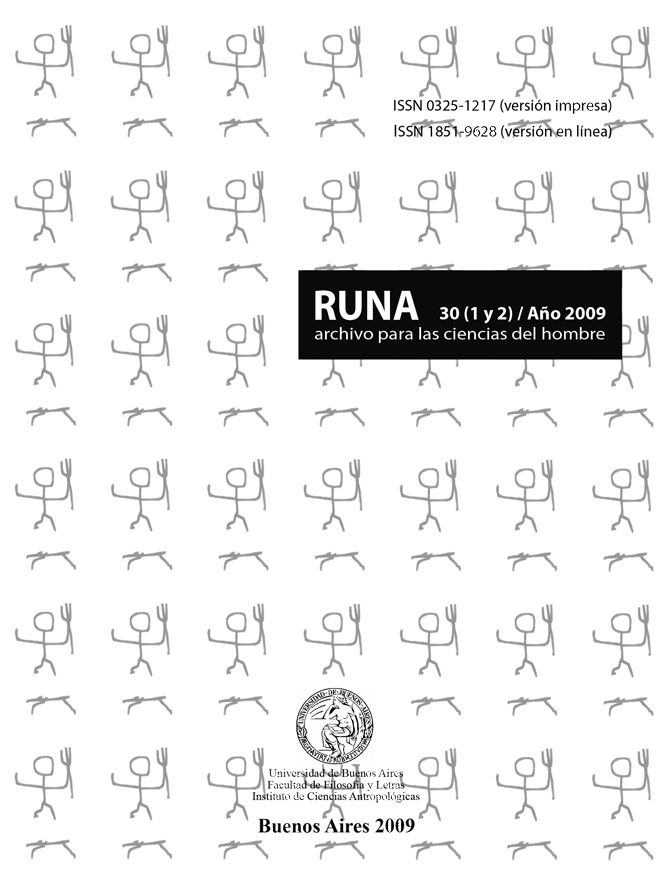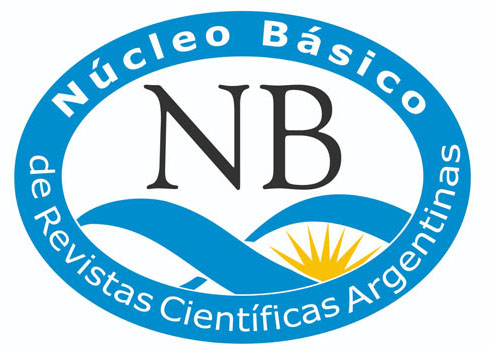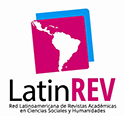“Raza”, adscripción étnica y genética en Uruguay
Resumen
Indígenas, africanos y europeos conformaron, con aportes desiguales, la población uruguaya. Datos censales indican que a comienzos del siglo XIX el país tenía 36% de africanos y sus descendientes, mientras la cantidad de indígenas no estaba determinada; posteriormente, los censos no incluyen información que se refiera al origen, a excepción de los nacidos en el extranjero. En 1996-1997, la Encuesta de Hogares solicitó la autodeclaración de “raza”, y en 2006, la de ancestría. La primera arroja que 5,9% de la población se consideraba “negra o negra y sus mezclas”, y 0,4%, “indígena y sus mezclas”, mientras que para la ancestría los valores ascendían a 9,1% y 4,5% respectivamente. Los datos genéticos muestran aportes genéticos de 6% africano y 10% indígena, mientras que la ancestría materna sube estos valores a 10% y 31% respectivamente. Se discuten los datos censales y genéticos en el marco de la identidad nacional.Descargas

Runa, archivos para las ciencias es una publicación del Instituto de Ciencias Antropológicas, Facultad de Filosofía y Letras, Universidad de Buenos Aires y se distribuye bajo una Creative Commons Attribution 4.0 International License..
Runa sostiene su compromiso con las políticas de Acceso Abierto a la información científica, al considerar que tanto las publicaciones científicas como las investigaciones financiadas con fondos públicos deben circular en Internet en forma libre, gratuita y sin restricciones.
Los contenidos y opiniones expresadas en los artículos publicados son de entera responsabilidad de sus autores.



















